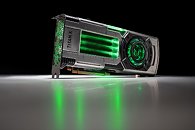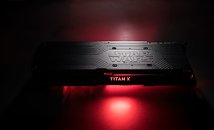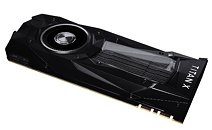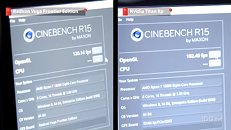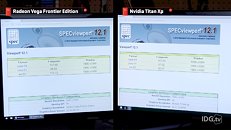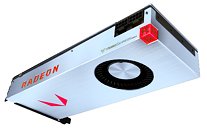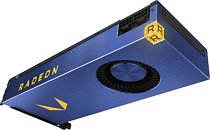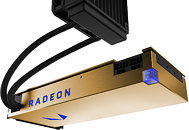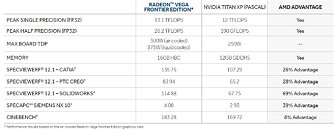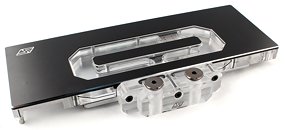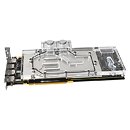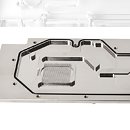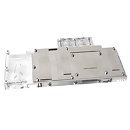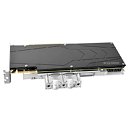
NVIDIA Releases GeForce 416.16 WHQL Drivers
NVIDIA released its first GeForce software suite since Windows 10 October 2018 went official. The new GeForce 416.16 WHQL drivers add full support for the new operating system, including WDDM 2.5, and DirectX Ray-Tracing (DXR), which are essential for NVIDIA RTX to work. The drivers also add SLI profiles for a large number of games, including "Battlefield V," "Basingstroke," "Divinity: Original Sin II," "Immortal: Unchained," "Jurassic World Evolution," "Phoenix Point," and "Seven: The Days Long Gone." 3DVision profiles are added for "The Elder Scrolls: Online."
A small number of bugs are also fixed with this release. "Pascal" GPUs running "Quake HD remix" no longer experience black square glitches. Temporal AA sharp drops in performance with GeForce GTX 1060 running "Rainbow 6: Siege" has been fixed. Driver errors on TITAN Xp when waking up from S4 sleep have been fixed. Lastly, an issue found with "Turing" GPUs not exposing Netflix 4K mode to displays connected over USB-C, has been fixed. Grab the driver from the link below.DOWNLOAD: NVIDIA GeForce 416.16 WHQL
The change-log follows.
A small number of bugs are also fixed with this release. "Pascal" GPUs running "Quake HD remix" no longer experience black square glitches. Temporal AA sharp drops in performance with GeForce GTX 1060 running "Rainbow 6: Siege" has been fixed. Driver errors on TITAN Xp when waking up from S4 sleep have been fixed. Lastly, an issue found with "Turing" GPUs not exposing Netflix 4K mode to displays connected over USB-C, has been fixed. Grab the driver from the link below.DOWNLOAD: NVIDIA GeForce 416.16 WHQL
The change-log follows.


